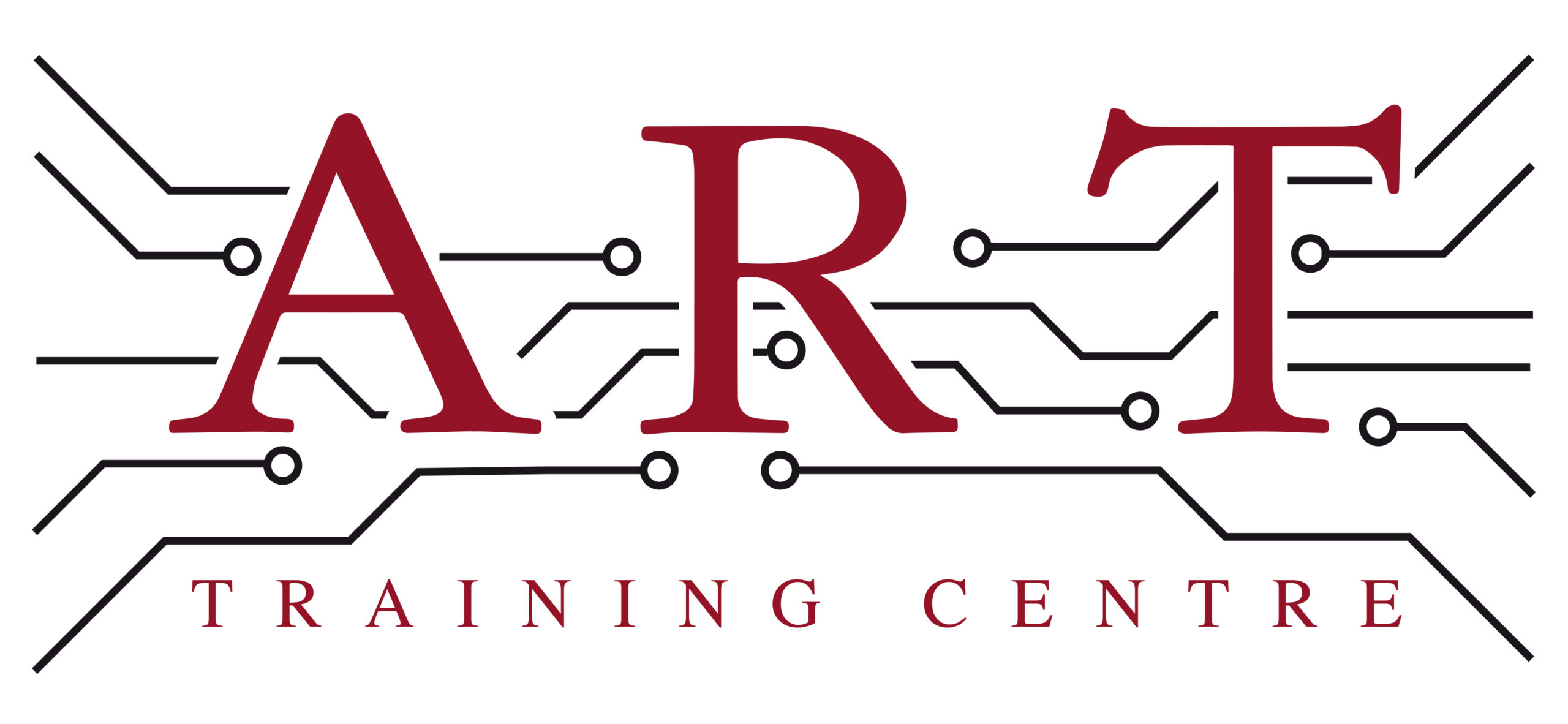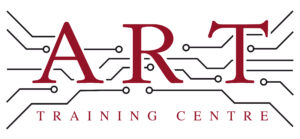Definition
Final Inspection is a critical process in electronics manufacturing that involves a thorough examination of products before they are shipped to ensure they meet quality standards. This inspection checks for defects, proper assembly, and compliance with specifications, ensuring that the finished product is reliable and functions correctly. It is an essential component of quality control in the production of electronic devices, including printed circuit boards (PCBs).
How It’s Used in the Industry
In electronics assembly, Final Inspection is applied after the soldering and assembly processes are complete. Technicians visually inspect the assembled PCBs for physical defects, such as solder bridges or missing components. They may also use automated optical inspection (AOI) machines to detect errors not visible to the naked eye. Each board is tested for functionality, ensuring that it meets operational specifications. This process is vital for both trainees and experienced professionals, as it reinforces the importance of quality assurance and helps prevent costly errors in production.
History & Origins
Final Inspection became common in electronics manufacturing during the mid-20th century as the industry expanded and technology advanced. Early adopters recognised the need for quality control to ensure product reliability. The development of standards, such as those from IPC (Institute for Printed Circuits), helped formalise inspection processes. As electronics became more complex, rigorous inspection methods evolved to address the challenges of miniaturisation and increased functionality, making final inspections essential for maintaining high-quality production standards.
Variations
There are several variations of Final Inspection, including visual inspection, automated inspection, and functional testing. Visual inspection involves manual checks for obvious defects, while automated inspection uses machines to detect faults with greater accuracy. Functional testing assesses whether the product operates as intended. These methods differ in their approach and technology but share the common goal of ensuring product quality. Understanding these variations helps learners appreciate the different techniques used in the industry.
Modern Applications
Today, Final Inspection is integral to electronics production, particularly in advanced assembly techniques like surface mount and through-hole technology. It ensures that products comply with IPC standards and meet industry quality benchmarks. Modern applications also include the inspection of complex multi-layer PCBs and systems, where precision is paramount. The emphasis on quality and reliability in electronics means that effective final inspection processes are crucial for maintaining customer trust and product performance.
Practical Tips & Training
When working with Final Inspection, it’s essential to use proper inspection techniques and tools, such as magnifying glasses or microscopes for detailed checks. Safety is also important; ensure that workspaces are well-lit and organised to avoid accidents. Structured training and certification in quality control practices are invaluable for both new and experienced technicians, as they provide a solid foundation in the principles of inspection and help maintain high standards in electronics manufacturing.


